
views
Performing a Vertical Wall Run
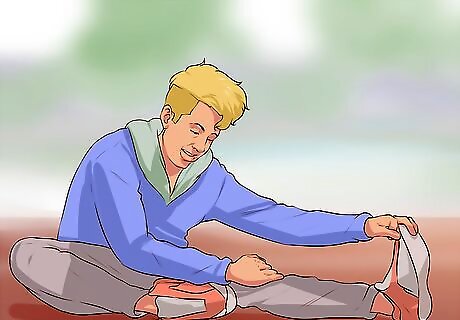
Warm up before attempting the wall run. You'll be primarily using your legs to perform the wall run, so be sure you thoroughly stretch and warm up your legs. You might also want to take a quick jog or warm up run so your body is prepared for the exertion needed to run up a wall.
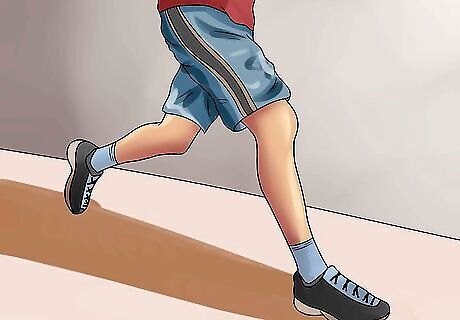
Choose a comfortable pace. While getting a feel for the mechanics of this move, you'll want to approach your vertical obstacle at a moderate speed that allows you to gauge which foot you will strike the obstacle. You may want to keep your hands raised in front of you to brace yourself or guide yourself as you run up the wall. Once you are comfortable with all the motions involved in the wall run, you should increase your speed as you approach your obstacle. Start at a moderate speed and, as you draw near your obstacle, speed up. Many experienced traceurs, the term used for a parkour practitioner (the feminine form being traceuse), recommend you avoid favoring a foot when doing a wall run. This encourages adaptation of your movement to your environment, which is a basic principle of parkour.
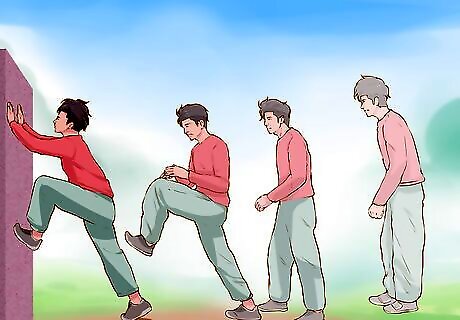
Jump at the wall at a distance of one pace. When you are one pace from the wall, you'll need to raise one leg in preparation for contact with your vertical obstacle while jumping with your other. Typically, you should make contact with the wall at approximately the same height you raise your one foot off the ground.
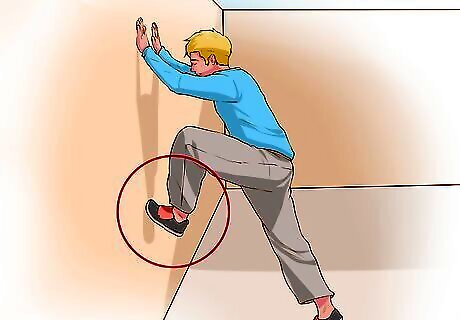
Make contact with the vertical obstacle and push off with your foot. You'll want the forefront of your foot, from the ball of your foot to your toes, to come in contact with your vertical obstacle. You'll have to react quickly, gripping the wall with your foot and driving your leg downward to redirect your forward momentum upward. If your foot connects with the wall incorrectly, either the force of your push will be directed away from the wall or you will not have enough grip on the wall to change your direction upwards. Connecting with the wall too high will make it difficult for you to drive downward with your connecting foot. This will make it harder to generate the force you need to launch yourself up and over the wall. Listen to the sound of your foot as you come in contact with the wall. If you hear your foot strike loudly, this is a good indication that your force is being directed into the wall, instead of being directed upwards.
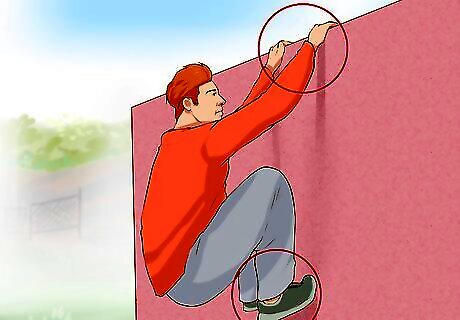
Scramble up the wall. Depending on your reflexes, strength, and skill, you may be able to raise your trailing foot to the wall in the same fashion you did your leading foot. Much like your leading foot, you'll want the forefront of your trailing foot to connect with the obstacle from the ball to the toes while driving downwards. Keep your hands in front of you to help guide you up the wall. Having your hands in front of you can protect you from slamming into the wall if you came in too fast on your approach. Your hands should also be at the ready to grab on to the lip of the top of your obstacle. It is unlikely that you'll be able to vault to the top of a tall obstacle without the assistance of your hands. Especially skilled traceurs can sometimes get in several steps for even greater vertical lift. When practicing this maneuver, you should start with a single step, adding more as you become more comfortable with the motion.
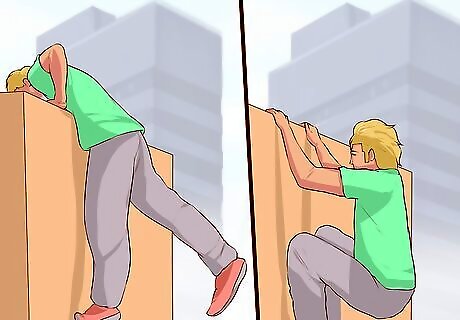
Follow through with your motion. To successfully overcome the obstacle, you need to continue your upward motion by catching the lip of your obstacle with your hands and pulling your body to the top. Failing to do so can result in you stalling out, which could leave you hanging from the lip of a tall obstacle.
Practicing the Wall Run
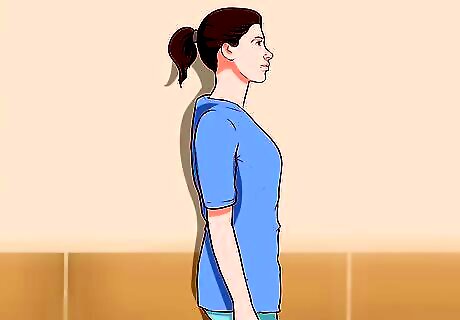
Start slow. The motion of the wall run itself is foreign; humans rarely experience the feeling of trying to run up a vertical object. Your first few tries don't have to be perfect. Even if you jog up to the wall and find yourself pushing off and away from the wall, this will help you to familiarize yourself with the forces involved in the wall run.
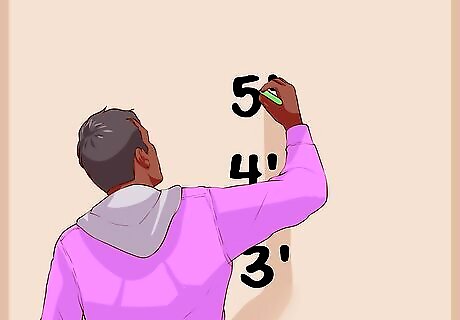
Set goals for yourself. Find a tall wall where you can practice. Then, with tape and a ladder, mark off several heights ascending up the wall all the way up to the top. As you become more familiar with the mechanics and begin redirecting your forward motion to propel yourself up the wall, aim for the closest piece of tape up the wall. As your technique improves and your body strengthens, aim for a higher piece of tape. It may take several hours, days, or even weeks before you can consistently achieve your maximum height.
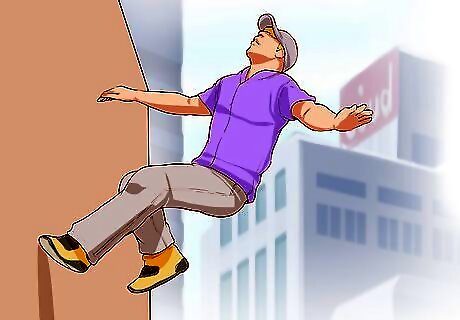
Add variety to your obstacles. Some obstacles will be smoother than others, and some will have a slight slope inward or outward. As parkour is an art that intends to adapt human motion around obstacles, to master the move you'll need to be comfortable on virtually any surface. Practicing your wall run on different surfaces has the added benefit of helping you recognize obstacles you should avoid. Some will be too smooth for your foot to grip and push of off. An experienced traceur knows his limits.
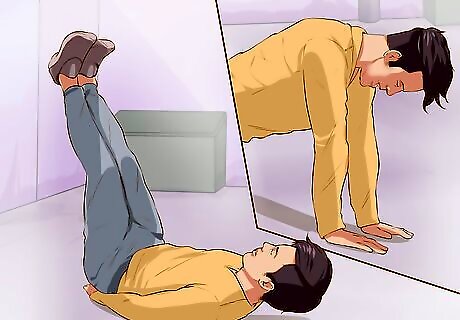
Train your body. To execute parkour moves well, you'll need to be in good physical shape. Most parkour moves involve functional movement and cardiovascular exertion. To execute this well, you should: Run Do bodyweight squats and jump squats Do push ups Do Leg Lifts Do Pullups

Join a parkour group. This is a great way to get encouragement, inspiration, and to receive instruction from more experienced traceurs. These meetups, sometimes called "jams," involve traceurs practicing together at their own level and pace. Be sure to wear clothing that is comfortable, doesn't restrict motion, and potentially protects you in the event you take a tumble. Some options include durable, loose fitting cargo shorts/pants and athletic shorts. The shoes you choose should fit well, be comfortable, and have good grip. Facebook and google are valuable resources for connecting with other traceurs.Simply typing in your city (or the closest large city), state, and the word "parkour" into the search function of either of these can put you in touch with people who share your interest.



















Comments
0 comment